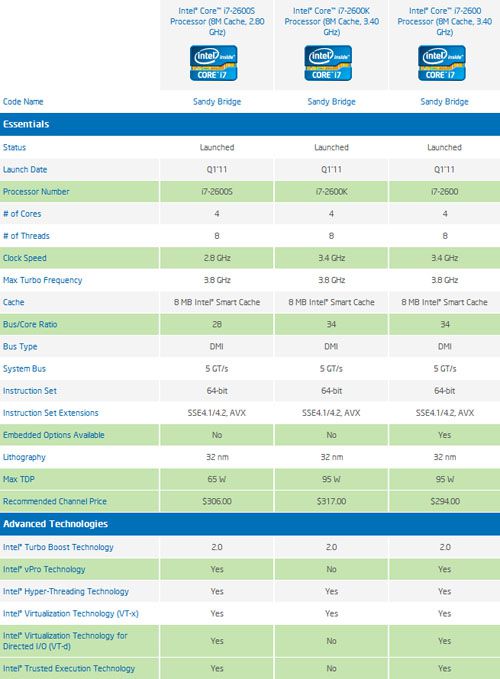Indeed the 2600 would seem the ideal processor for me. Never the 2600K. Gets in fact very confusing sometimes. When early this year I upgraded from a 5 year old machine, I had trouble keeping up with the new developments and bothered more than a few forums with what I perceived to be annoying questions, but that ended up generating debate to my surprise.
One note: The Intel vPro is not in fact a discrete technology. It's the name given to the combination of a series of technologies including Intel VT (Intel Virtualization, which includes VT-x and VT-d). So when VT-d is missing, necessarily vPro is too, simply because the requirements aren't met, even if other technologies that compose vPro are present. Just felt the need to clarify that point in case the article leads you to think of vPro as an individual technology that is missing.
Speaking of which, I sort of understand why Intel didn't include VT-d in the K series (but did include VT-x) since Intel establishes the business market as the target for VT-d, not home or enthusiast markets. So they are being coherent here. Of course, we can question whether that target exclusivity makes sense in this day and age when virtualization is becoming so ubiquitous in the enthusiast market. As I see it, it was time they reviewed this little business strategy of them.


